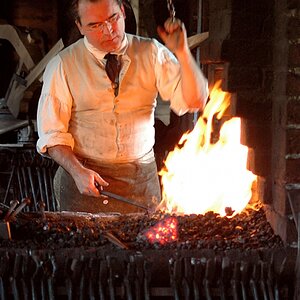Dave442
Been spending a lot of time on here!
- Joined
- Feb 1, 2015
- Messages
- 2,021
- Reaction score
- 567
My point on adapting an electronic flash into one of the old bulb flash units was basically two reasons.
Flash bulbs can explode (especially if you are trying to go complete authentic with non-plastic covered units). You don't want blue color bulbs - that was for color film and your photographer would be shooting black & white.
If the setting is very early in the history of the flash bulb then they were the screw in type. I never used those, but I have used the bayonet type and those we would just pop out onto the floor and let people step on them. In either case a just-used flash bulb is hot and I've burned my fingers a time or two and broken a number of used bulbs on the floor.
An older style flash bulb unit with the large screw in bulb could easily hold a small electronic flash head that could be fired whenever required by pushing a button. The actor could simulate changing the "used" bulb after each shot.
Now the good thing with the old flash bulb style units is they are very durable.
Flash bulbs can explode (especially if you are trying to go complete authentic with non-plastic covered units). You don't want blue color bulbs - that was for color film and your photographer would be shooting black & white.
If the setting is very early in the history of the flash bulb then they were the screw in type. I never used those, but I have used the bayonet type and those we would just pop out onto the floor and let people step on them. In either case a just-used flash bulb is hot and I've burned my fingers a time or two and broken a number of used bulbs on the floor.
An older style flash bulb unit with the large screw in bulb could easily hold a small electronic flash head that could be fired whenever required by pushing a button. The actor could simulate changing the "used" bulb after each shot.
Now the good thing with the old flash bulb style units is they are very durable.


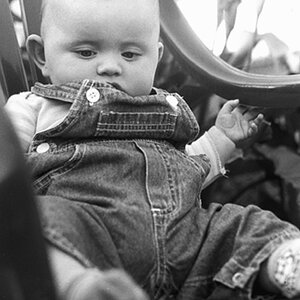
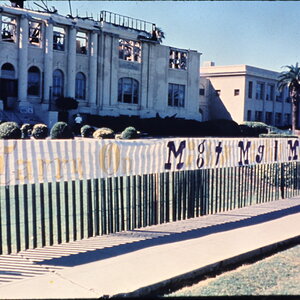
![[No title]](/data/xfmg/thumbnail/36/36400-97a007ae878e1032155c7a7d47eeba73.jpg?1619737552)

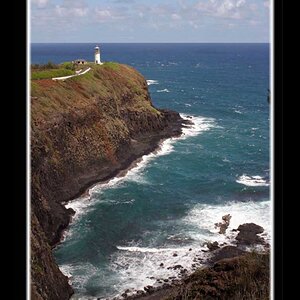

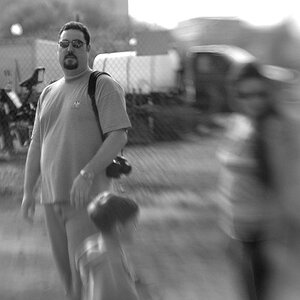


![[No title]](/data/xfmg/thumbnail/39/39190-ad9c6f150974752f1f888660cc52b68e.jpg?1619738907)

